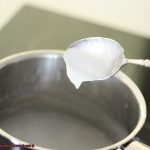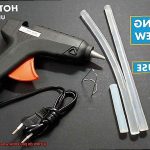Whether you’re a DIY guru, a magnet aficionado, or just someone who appreciates the power of attraction, you’ve landed in the right spot. Brace yourself because we’re about to unlock the secrets to creating a super-strong magnet that will blow your mind.
Get ready to dive headfirst into the captivating world of magnetism and discover how to make a magnet that can tackle any challenge thrown its way.
What Materials are Used to Make a Strong Magnet?
Contents
Magnets possess an extraordinary ability to attract or repel other objects, wielding an invisible force that captivates our curiosity. But what lies behind the creation of those super-strong magnets that seem to possess an unstoppable magnetic pull? In this blog post, we will delve into the secrets of strong magnets and explore the materials that imbue them with their remarkable power.
Neodymium Magnets:
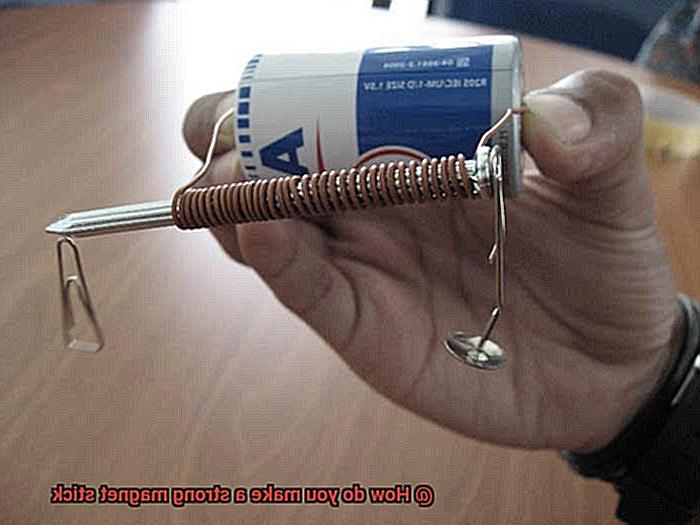
Neodymium magnets, often referred to as rare-earth magnets, are the superheroes of the magnet world. Forged from an alloy of neodymium, iron, and boron (NdFeB), these magnets boast unparalleled magnetic strength. Their force is so mighty that they can effortlessly lift up to 1,000 times their own weight. Neodymium magnets find their applications in a wide array of fields, including high-performance motors, generators, magnetic therapy devices, and audio equipment.
Samarium Cobalt Magnets:
Samarium cobalt (SmCo) magnets stand as another formidable force in the realm of magnetic materials. Crafted from an amalgamation of samarium and cobalt, these magnets showcase exceptional temperature stability and resistance to corrosion. Consequently, they find their niche in industries demanding magnetism in extreme environments, such as aerospace, military, and medical sectors.
Ceramic Magnets:
Ceramic magnets, also known as ferrite magnets, may not wield the same might as neodymium or SmCo magnets, but they still exude substantial strength. Composed of a mixture of iron oxide and barium or strontium carbonate, ceramic magnets offer affordability and resilience against demagnetization. These versatile magnets can be found in everyday objects like speakers, refrigerator magnets, and magnetic separators.
Additives for Enhanced Strength:
To further bolster magnet strength, manufacturers employ specific additives during the manufacturing process. For instance, small quantities of elements like dysprosium or terbium can be incorporated into neodymium magnets, amplifying their coercivity—an attribute that measures their resistance to demagnetization. Similarly, cobalt is added to ceramic magnets, augmenting their magnetic power.
Shape and Magnetization Orientation:
The shape and magnetization orientation of a magnet play a pivotal role in its strength. Larger magnets tend to possess a more potent magnetic field compared to their smaller counterparts.
Moreover, magnets with intricate shapes can concentrate their magnetic force in specific regions, making them adept at adhering to objects. The orientation of magnetization, whether through thickness or length, also influences a magnet’s sticking prowess.
What is the Optimal Shape and Size of a Magnet?
Prepare to embark on a thrilling journey into the captivating realm of magnets. Brace yourself, for we are about to unravel the enigma surrounding the most advantageous shape and size that these mesmerizing forces of nature can possess.
Shape is undeniably a crucial factor when it comes to magnets. One popular contender is the iconic bar shape. With its expansive surface area, the bar magnet capitalizes on contact with other objects, enhancing the magnetic field’s proficiency in attracting and adhering to surfaces. It’s akin to having a superhero with an extended reach, capable of astonishing feats.
But let us not overlook the formidable horseshoe magnet. Its curved configuration concentrates the magnetic field between its poles, resulting in an intensified magnetic force. This magnet stands as the heavyweight champion among its counterparts, making it perfect for applications that necessitate a robust grip.
Now, let us delve into the realm of size. As a general rule, larger magnets tend to boast stronger magnetic fields compared to their smaller counterparts. This phenomenon arises from the larger magnet’s augmented quantity of magnetic material, which leads to a higher density of magnetic particles and an amplified magnetic force. Picture it as an army of magnetic soldiers, growing in number and might.
Nevertheless, there exists a threshold beyond which a magnet’s size compromises its strength. Once that point is reached, the magnetic field becomes less concentrated, consequently diminishing its adhesive power. Imagine an excessive number of soldiers thinly dispersed across a battlefield, unable to exert their full potential.
So how do we determine the optimal size? The answer lies in the specific application and desired strength. A smaller magnet may suffice if one intends to affix lightweight objects to a refrigerator door. Conversely, when confronted with heavy metal objects, a larger magnet becomes imperative to ensure a secure grip.
Yet here comes an intriguing twist. The shape and size of the object one intends to magnetize can also influence the optimal shape and size of the magnet itself. When contending with curved or irregular surfaces, opting for a flexible or custom-shaped magnet may prove more efficacious than employing the traditional bar or horseshoe magnet. It’s akin to having a magnet that can adapt seamlessly to any situation, like a chameleon blending into its surroundings.
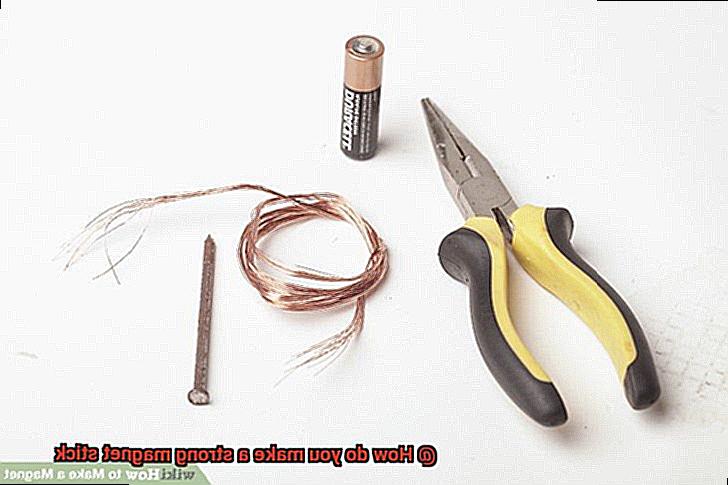
How Does Magnetization Affect Stickiness?
Today, we embark on a magnetic journey to uncover the secrets behind the intricate relationship between magnetization and stickiness. Brace yourselves, as we delve into the mesmerizing forces that make some magnets cling like super glue while others barely hold on. Along the way, we’ll also explore the fascinating link between magnets and glue. Get ready to be magnetized by knowledge.
The Power of Magnetization:
Magnetization is the magical process of aligning the magnetic domains within a material, such as iron or steel, in a specific direction. This alignment creates a magnetic field, which determines the stickiness of a magnet. The level of magnetization directly affects how well a magnet can adhere to another surface. The more magnetized a material is, the stronger its magnetic field becomes, resulting in a greater attraction force.
Factors Influencing Stickiness:
While magnetization plays a significant role in stickiness, it’s not the sole determinant. Other factors come into play, such as the type of material being attracted and the surface conditions of both the magnet and the object it sticks to. Smooth and flat surfaces generally offer better adhesion than rough or uneven ones.
The Temperature Factor:
Temperature can also influence stickiness. Some magnets lose their stickiness when exposed to high temperatures, causing them to weaken or even demagnetize. However, certain magnets, such as neodymium magnets, maintain their exceptional performance even at elevated temperatures.
Magnets and Glue:
Now let’s dive into the intriguing connection between magnets and glue. While magnets provide an adhesive force through magnetism, glue acts through chemical bonding. Sometimes, combining both can enhance stickiness for specific applications.
For instance, if you want to secure a magnet to a non-magnetic surface, applying glue can provide an extra boost of stickiness.
What External Factors Influence Adhesion?
Adhesion, the ability of two materials to stick together, is influenced by several external factors. The type of surface is a crucial factor in determining adhesion. Metals like iron, nickel, and cobalt have high magnetic permeability, making them ideal surfaces for magnets as they attract and hold onto them easily. Non-magnetic materials like wood or plastic may require additional measures to enhance magnet sticking.
Cleanliness also plays a significant role in adhesion. Dirt, dust, or oily residue on the surface act as barriers between the magnet and the material, weakening the stickiness. Thoroughly cleaning both the magnet and the surface with a mild detergent or solvent is essential before attempting to stick them together.
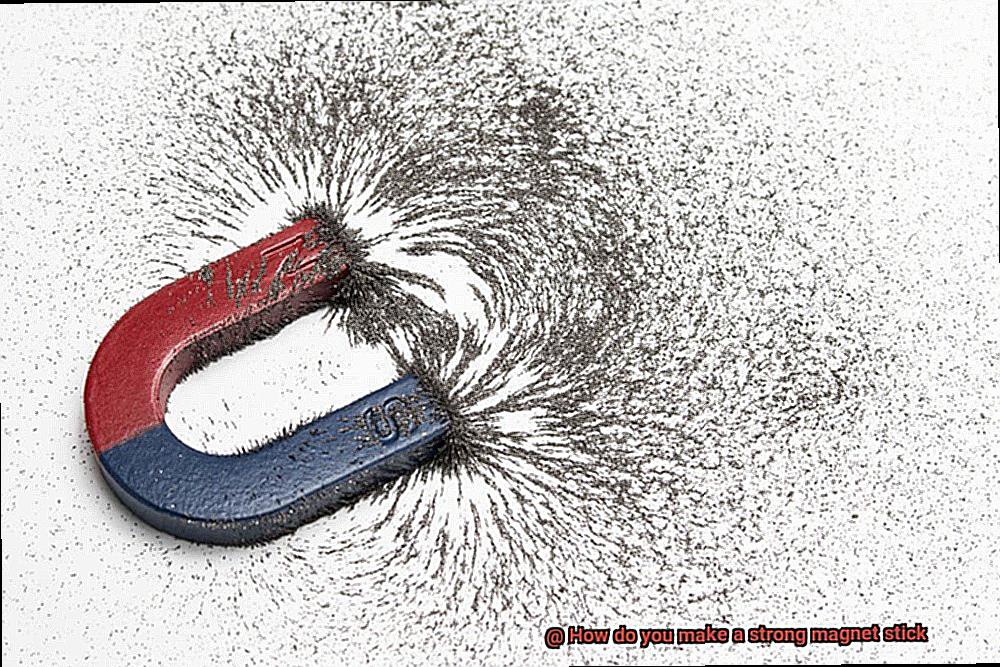
Temperature conditions affect adhesion as well. Extreme temperatures can alter the properties of materials, making them more brittle in cold temperatures or causing expansion and softening in high temperatures. Monitoring temperature conditions is crucial for achieving a strong bond.
Surface roughness is another key factor. A rough surface provides more contact points for the magnet to cling onto, resulting in stronger sticking force. Sanding or roughening the surface can enhance adhesion by increasing the contact area.
External forces such as vibrations or mechanical shocks can cause magnets to detach from their surfaces if the adhesive forces are not strong enough to withstand the stress. Ensuring a secure and stable attachment is important in such situations.
What Adhesives are Best for Attaching Magnets?
In this guide, we will explore the top contenders in the sticky race and uncover the best adhesives for attaching magnets. Get ready to dive into a world of adhesive knowledge.
Types of Adhesives:
- Epoxy Adhesives: Known for their exceptional bonding properties, epoxy adhesives are a go-to choice when attaching magnets to metal surfaces. These powerful adhesives form a strong chemical bond capable of withstanding high temperatures, vibrations, and impact. Remember to choose an epoxy adhesive specifically designed for bonding magnets to achieve optimal results.
- Cyanoacrylate Adhesive (Super Glue): Looking for instant bonding? Super glue is your answer. Cyanoacrylate adhesives dry quickly and create an immediate bond between magnets and various materials such as metal, plastic, and ceramic. However, not all super glues are suitable for bonding magnets, so be sure to select one specially formulated for this purpose.
- Silicone Adhesives: When flexibility is essential, silicone adhesives come to the rescue. These adhesives work well on non-porous surfaces like glass or plastic, providing good adhesion while allowing for some movement or flexibility. It is crucial to ensure that the silicone adhesive has strong bonding strength with both the magnet and the surface being used.
- Double-Sided Adhesive Tapes: For lightweight magnets or temporary applications, double-sided adhesive tapes offer convenience without the mess. These tapes provide a quick and easy bonding solution. However, it’s important to select a tape with strong adhesive properties and verify its suitability for your intended surface.
Factors to Consider:
In addition to choosing the right adhesive, several factors contribute to a successful bond between magnets and surfaces:
- Surface Preparation: Before applying any adhesive, cleanliness is key. Ensure that both the magnet and the surface are clean, dry, and free from oils, dirt, or debris. Use alcohol wipes or a mild detergent solution for effective cleaning.
- Temperature Conditions: Extreme temperatures can affect the bond, so be mindful of temperature fluctuations during the bonding process. Monitor temperature gauges to ensure optimal conditions for adhesive curing.
- Surface Roughness: A rough surface provides more contact points for the magnet to grip onto, resulting in a stronger bond. If needed, use sandpaper to add texture to the surface before applying the adhesive.
Conclusion
In conclusion, the key to making a magnet stick like super glue lies in a combination of factors. The materials you choose are crucial – neodymium magnets, samarium cobalt magnets, and ceramic magnets all offer different levels of strength and versatility. But it doesn’t stop there – additives can be added during manufacturing to further boost magnet power.
Size and shape also play a role in a magnet’s sticking prowess. Bigger magnets generally have stronger magnetic fields, while intricate shapes can concentrate force in specific areas. And let’s not forget about magnetization – how the magnetic domains align within the material is what creates that powerful magnetic field that determines adhesion strength.
But it’s not just about what’s happening inside the magnet. External factors come into play too. The type and cleanliness of the surface being attracted, temperature conditions, surface roughness, and even external forces can all impact stickiness.
Choosing the right adhesive is essential for securely attaching magnets to surfaces. Epoxy adhesives are perfect for bonding magnets to metal surfaces because they have exceptional bonding properties. If you need instant bonding for various materials, cyanoacrylate adhesive (super glue) is your go-to option. And if you’re working with non-porous surfaces like glass or plastic, silicone adhesives offer flexibility. For lightweight or temporary applications, double-sided adhesive tapes are convenient.
To ensure a successful bond between magnets and surfaces, proper surface preparation is key. Keep an eye on temperature conditions and consider surface roughness – these factors can make or break your magnet’s sticking power.



